Industry information
Company News
- Aluminum veneer has infinite charm, creating a new choice for personalized space
- Aluminum veneer: a modern interpretation of industrial aesthetics
- Unveiling the unique charm of hyperbolic aluminum veneer
- The Charm of Aluminum Veneer: The Choice of Light Luxury, the New Trend of Quality Life
- Fluorocarbon aluminum veneer: Unveiling the "appearance responsibility" of the aluminum industry
Industry dynamics
- Production process and application of baked enamel punched aluminum veneer
- Aluminum veneer customization: an artistic journey to create personalized spaces
- Aluminum veneer, the fashionable choice for creating modern architecture
- Creative design combined with wave 3mm aluminum veneer to create a unique modern building
- What are the advantages of aluminum veneer in curtain walls compared to glass curtain walls?
Frequently asked questions
- Is the production process of aluminum veneer environmentally friendly?
- What impact does aluminum veneer have on the durability of buildings?
- Can the insulation function of aluminum veneer reduce the energy consumption of buildings?
- Is there any restriction on the size customization of aluminum veneer?
- What is the sound absorption effect of aluminum veneer?
contact us
Mobile:+86 15627778610
Email: 2201229786@qq.com
Address: No. 5 Binjiang Road, High tech Zone, Zhaoqing City, Guangdong Province
What climatic conditions is fluorocarbon aluminum veneer suitable for?
- Author: Jinba Aluminum Industry (Guangdong) Co., Ltd
- Release time: 2022-03-20 19:22:46
- Click:0

FluorocarbonAluminum veneerAs a building material, it has good weather resistance and adaptability. Below, we will provide a detailed introduction to the climatic conditions in which fluorocarbon aluminum veneer is suitable.
1. Temperature conditions
Fluorocarbon aluminum veneer can adapt to a wide temperature range and can typically be used normally within the temperature range of -40 ° C to 80 ° C. Under extreme low temperature conditions, fluorocarbon aluminum veneer may experience cold cracking, cold bending, and other phenomena, so insulation measures should be taken when used in cold regions. Under high temperature conditions, the surface coating of fluorocarbon aluminum veneer may experience fading, aging, and other issues, thus requiring regular maintenance and upkeep.
1. Humidity conditions
Fluorocarbon aluminum veneer has relatively low humidity requirements and can usually be used normally in environments with relative humidity below 95%. In high humidity environments, the surface of fluorocarbon aluminum veneer may experience issues such as water vapor condensation and corrosion, thus requiring regular maintenance and upkeep.
1. Wind conditions
Fluorocarbon aluminum veneer has good wind resistance and can adapt to wind environments of different intensities. In strong wind environments, fluorocarbon aluminum veneers can improve their overall stability and wind resistance by strengthening structural design and adding cross braces. In extremely strong wind environments, fluorocarbon aluminum veneers may experience damage, deformation, and other issues, thus requiring regular inspection and maintenance.
Fluorocarbon aluminum veneer can adapt to a wide range of climatic conditions, but regular maintenance and upkeep are still necessary during use. In practical applications, consumers should choose fluorocarbon aluminum veneer products that meet the standards and follow the manufacturer's instructions and maintenance recommendations to ensure the service life and stable performance of fluorocarbon aluminum veneer.
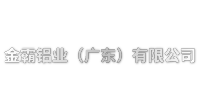

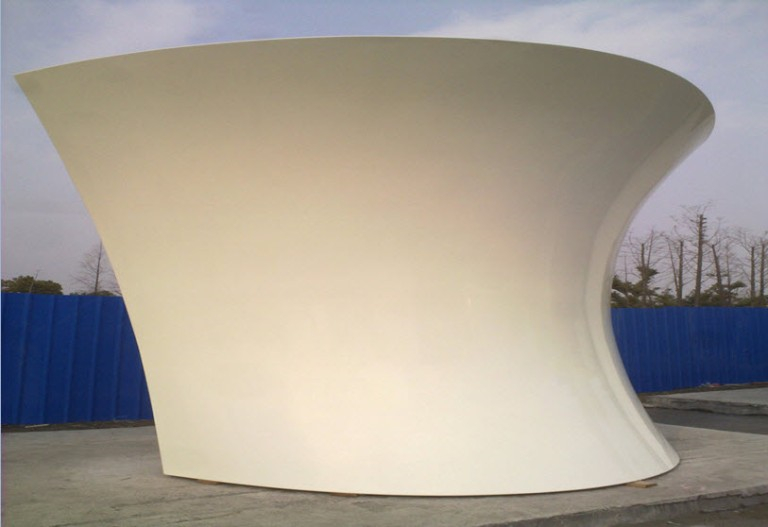
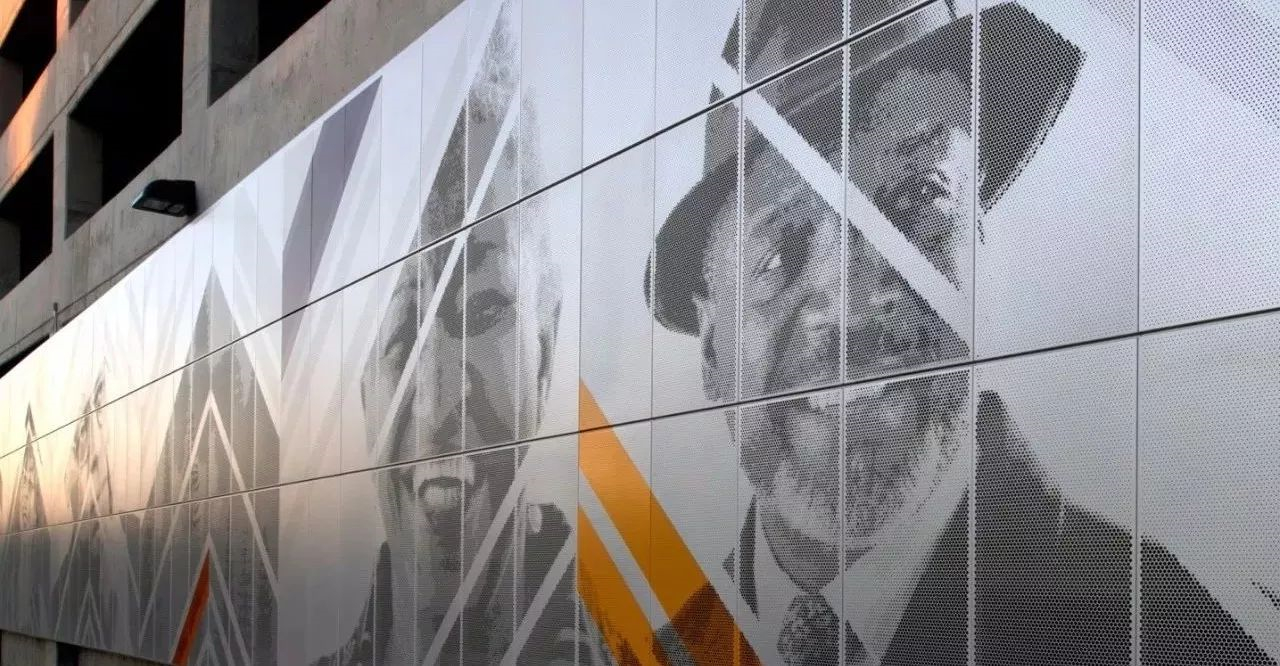
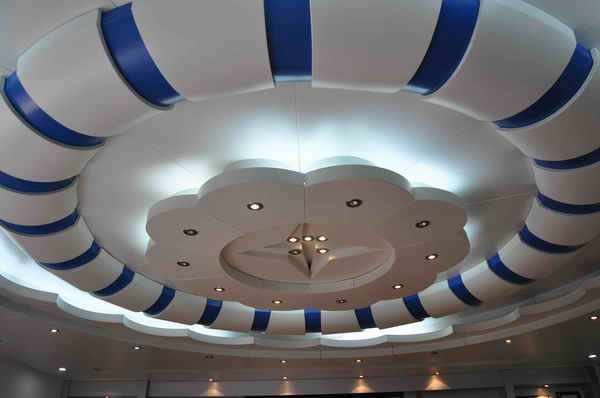

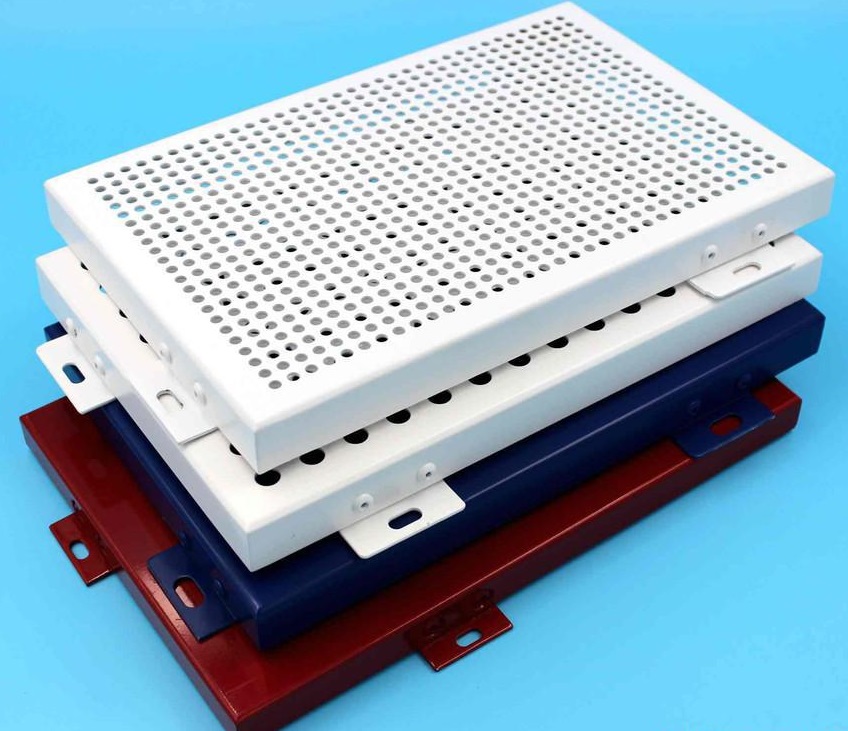
 Customer service QQ
Customer service QQ